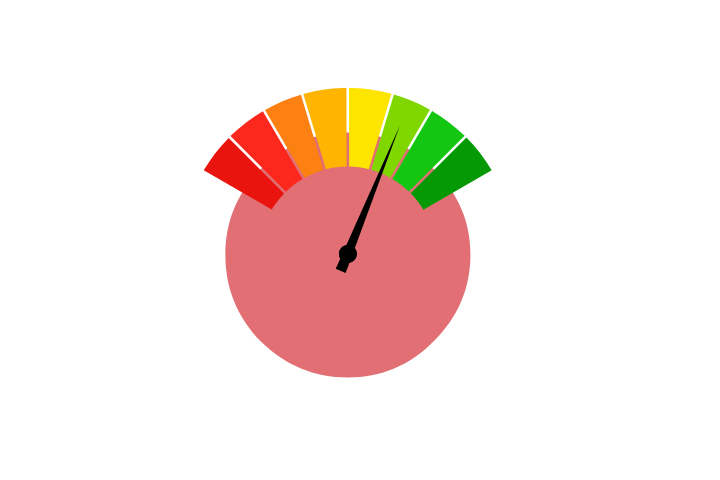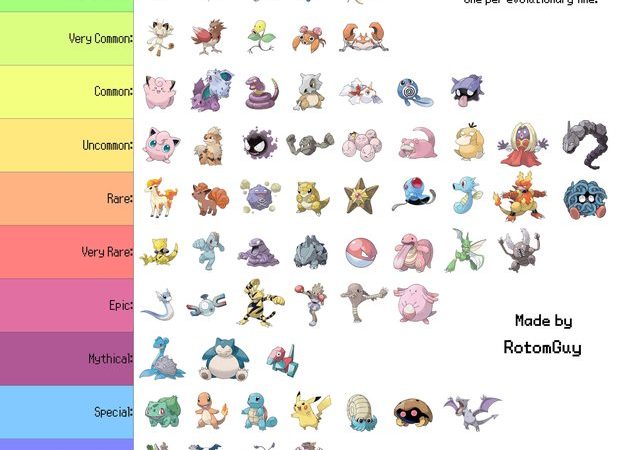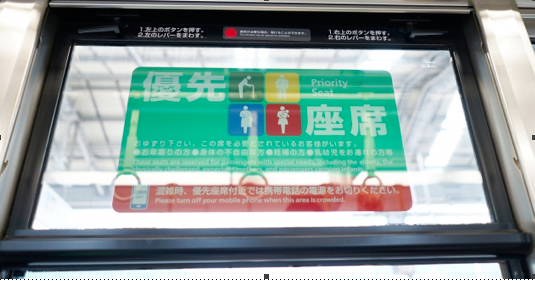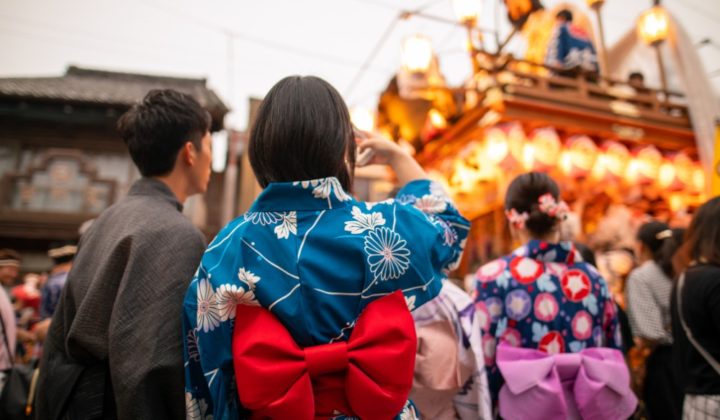“Shikata ga nai” is a phrase in Japanese that translates to “it can’t be helped” or “it is unavoidable.” In Japan, this phrase has become a cultural phenomenon that is often used to express a resignation to one’s circumstances and a stoic acceptance of the inevitable.
While “shikata ga nai” has been celebrated for its role in preserving social harmony and stability, there are also criticisms of this attitude. Some argue that it leads to a lack of action as accepting the status quo is deeply ingrained in the country’s collective psyche, making it difficult to bring about social change and progress.
Why “Shikata Ga Nai” Has Failed Japan

Image credit: Canva
The Japan of today is much different than that of the past. Protests by the youth were all the rage back in the day, especially in the 60s and 70s. In contrast, very few young people think that they can bring about social change in modern times. The lack of protests in Japan can be attributed to several factors, including the “shikata ga nai” mindset. This attitude of acceptance and resignation to one’s circumstances stems from traditional Japanese values, such as group harmony and respect for authority. In this sense, “shikata ga nai” can be seen as a manifestation of Japan’s cultural preference for consensus and cooperation over conflict and confrontation.
However, it is important to note that the “shikata ga nai” mindset is not unique to Japan and can be found in other cultures around the world. For example, similar attitudes can be seen in the concept of “fate” or “destiny” in some Western societies. It is similar to adopting the Western version of “it is what it is”. Sometimes, thinking on this wavelength is not just helpful but rather necessary, especially in the face of tragic events that are out of our control. The key difference is the extent to which these attitudes are emphasized and institutionalized in different cultures.
“Shikata ga nai” has been criticized for stifling creative thinking and innovation, as people become less likely to challenge the status quo and seek change. This can lead to a lack of progress and social stagnation as people become complacent and accept the existing power structures and authority figures. This can also perpetuate social inequality, as marginalized groups are less likely to voice their concerns and challenge the existing norms or policies. For example, women and minority groups in Japan may feel that their rights and needs are being ignored, as their voices are suppressed by the dominant cultural norms. However, since protests in Japan do not occur unless the cause is seen as selfless to the public, people are disincentivized from protesting, which leads to a lack of traction for a more diverse and inclusive society where all voices are heard and respected.
However, it can also be said that a lack of protests is a deeply structural issue perpetuated by the authorities themselves under the guise of a cultural issue. With big businesses doing everything in their power to break up labour unions in the last century and with the extreme pressure young people face in the labour market, many potential avenues of protests are simply extinguished while some move online for the sake of convenience and anonymity. Japanese society is also extremely homogenous, and children are taught to be sheep in the same herd, so they may feel hesitant to go against the tides and paint people in a negative light in their adulthood, leading to further suppression and a wider distance between youth and politics. Moreover, some protests in the past have involved extreme violence, due to which protesting may have a negative connotation attached to it. Japanese authorities also have a long history of violently suppressing dissenters, which may contribute to further hesitation in the population.
On the Flipside

Image credit: Canva
Despite these criticisms, it is important to acknowledge the positive aspects of “shikata ga nai.” Accepting the status quo can lead to a more peaceful and harmonious society, as people are less likely to engage in disruptive and divisive activities. It can also help people to maintain their mental and emotional well-being by reducing stress and anxiety.
It is worth noting that the phrase is not always used as a means of suppression but rather as a means of resilience. In the face of natural disasters, economic downturns and other crises, “shikata ga nai” can provide comfort and inspiration as people come together to rebuild and recover. By accepting the inevitable and not dwelling on what cannot be changed, people can worry less about things out of their control and maintain a positive outlook.
Shikata Ga Nai: Can it Really Not Be Helped?
The “shikata ga nai” mindset is a double-edged sword, with both positive and negative impacts on Japanese society. To fully understand its influence, it is important to note that “shikata ga nai” is not a monolithic concept, and its impact can vary depending on the context and individual perspectives. While it may play a critical role in promoting social stability and resilience in some situations, it may also perpetuate social inequality and stifle progress in others. It’s up to us to decide when to apply the concept.
Related Articles
- Behind Japan’s Declining Birth Rate: More Women in Education and the Workforce?
- Hikikomori: A Moral Panic in Japan
- Shinrin Yoku: The Japanese Experience of Forest Bathing
- Wabi-sabi: The Japanese Way of Finding Perfection in Imperfection
Behind Japan’s Declining Birth Rate: More Women in Education and the Workforce?
Featured image credit: Canva






